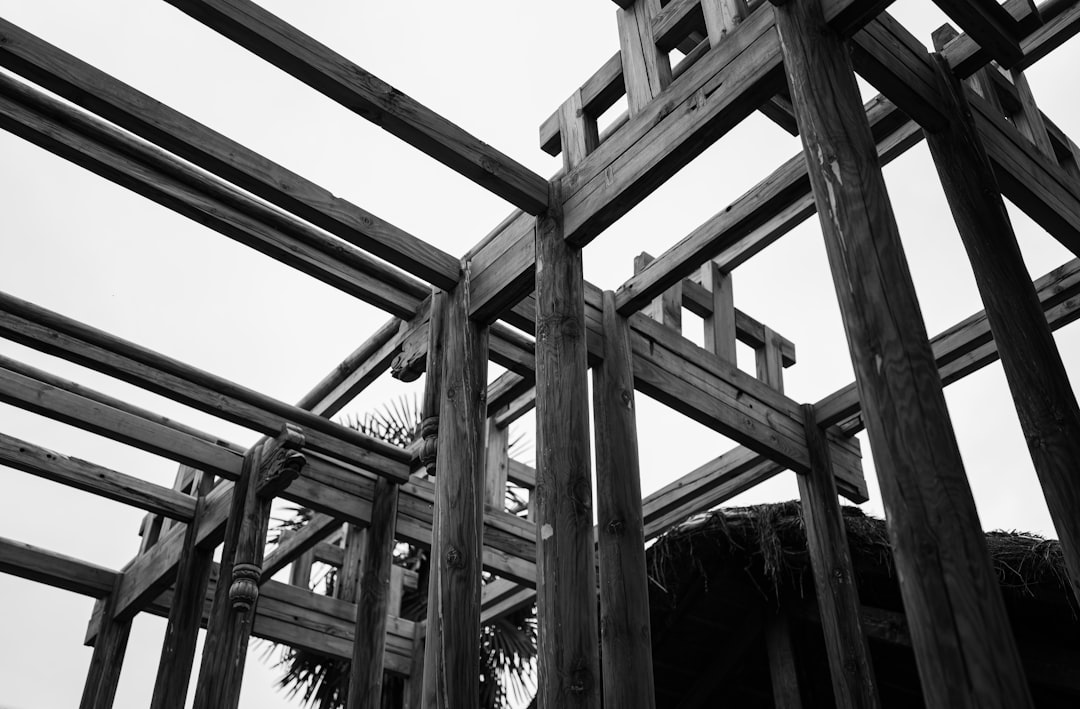Understanding Metal Siding Costs for Construction Professionals
Metal siding is a popular choice for its durability and modern aesthetic. For construction professionals, understanding the cost dynamics is crucial. Current installation costs range from $5 to $18.50 per square foot, depending on material and labor specifics. This guide explores the factors influencing these costs and offers insights into achieving accurate estimates.
Current Cost Breakdown for a 2,000 sq ft Project
- Economy corrugated steel: $5.00 – $7.50 per square foot installed
- Standard 26-gauge standing seam: $8.00 – $11.50 per square foot installed
- Premium aluminum or zinc panels: $12.00 – $18.50 per square foot installed
For a typical 2,000 sq ft exterior, total costs range from $10,000 to $37,000. Understanding these averages helps in planning and budgeting effectively.
Key Factors Affecting Metal Siding Costs
- Panel profile and thickness: Thicker materials or specialty profiles can increase costs by up to 40%.
- Fastening system: Concealed fasteners offer a sleek look but come at a higher price.
- Underlayment package: High-performance barriers and insulation can add $1.25–$2.75 per square foot.
- Labor complexity: Complex installations can increase labor costs by 15–30%.
- Regional pricing pressures: Fluctuations in steel prices and labor rates impact overall costs.
Maximizing Estimate Accuracy with CountBricks
- Utilize voice-to-estimate technology for quick material lists.
- Access live pricing feeds for up-to-date cost data.
- Leverage AI blueprint takeoffs for precise measurements.
- Create detailed proposals quickly with our one-click tools.
Case Study: Riverside Remodel with Standing Seam Steel
A Riverside project utilized 26-gauge standing seam, with costs closely matching initial estimates, demonstrating the accuracy of real-time data.
Cost-Saving Strategies for Professionals
- Reuse existing materials where possible.
- Opt for factory-applied finishes to save on labor.
- Bundle projects to reduce mobilization costs.
- Schedule during off-peak seasons for better labor availability.
Frequently Asked Questions
Is metal siding more expensive than vinyl?
Yes, metal is typically 20–40% more expensive but offers longer lifespan and lower maintenance.
Will metal siding reduce utility bills?
With proper insulation, metal siding can improve energy efficiency and reduce costs.
How long does installation take?
Installation for a 2,000 sq ft home typically takes 5–7 days.
Get Accurate Metal Siding Estimates
For precise cost estimates, start a free trial or book a demo at CountBricks.com.
Exploring Hidden Costs and Upgrades in Metal Siding
Understanding hidden costs and potential upgrades is essential for construction professionals. CountBricks helps identify these factors early in the planning process.
Accessory Costs to Consider
- Decorative trim and corners can significantly increase costs.
- Color-matched fasteners add approximately $0.12 per square foot.
- Equipment rental and delivery fees can add 4–6% to the total cost.
Upgrades That Offer Long-Term Value
- High-temperature underlayment extends panel life.
- Rain screen battens improve moisture management.
- Solar-reflective coatings can reduce cooling costs.
Case Study: Aluminum vs. Steel Panels
A coastal project compared aluminum and steel, with aluminum offering long-term savings despite higher initial costs.
Professional Tips for Accurate Bidding
- Account for waste factors in diagonal layouts.
- Lock in supplier quotes to avoid price spikes.
- Align crew schedules to minimize idle time.
Utilize CountBricks for comprehensive insights and accurate bidding. Visit CountBricks.com for more information.

